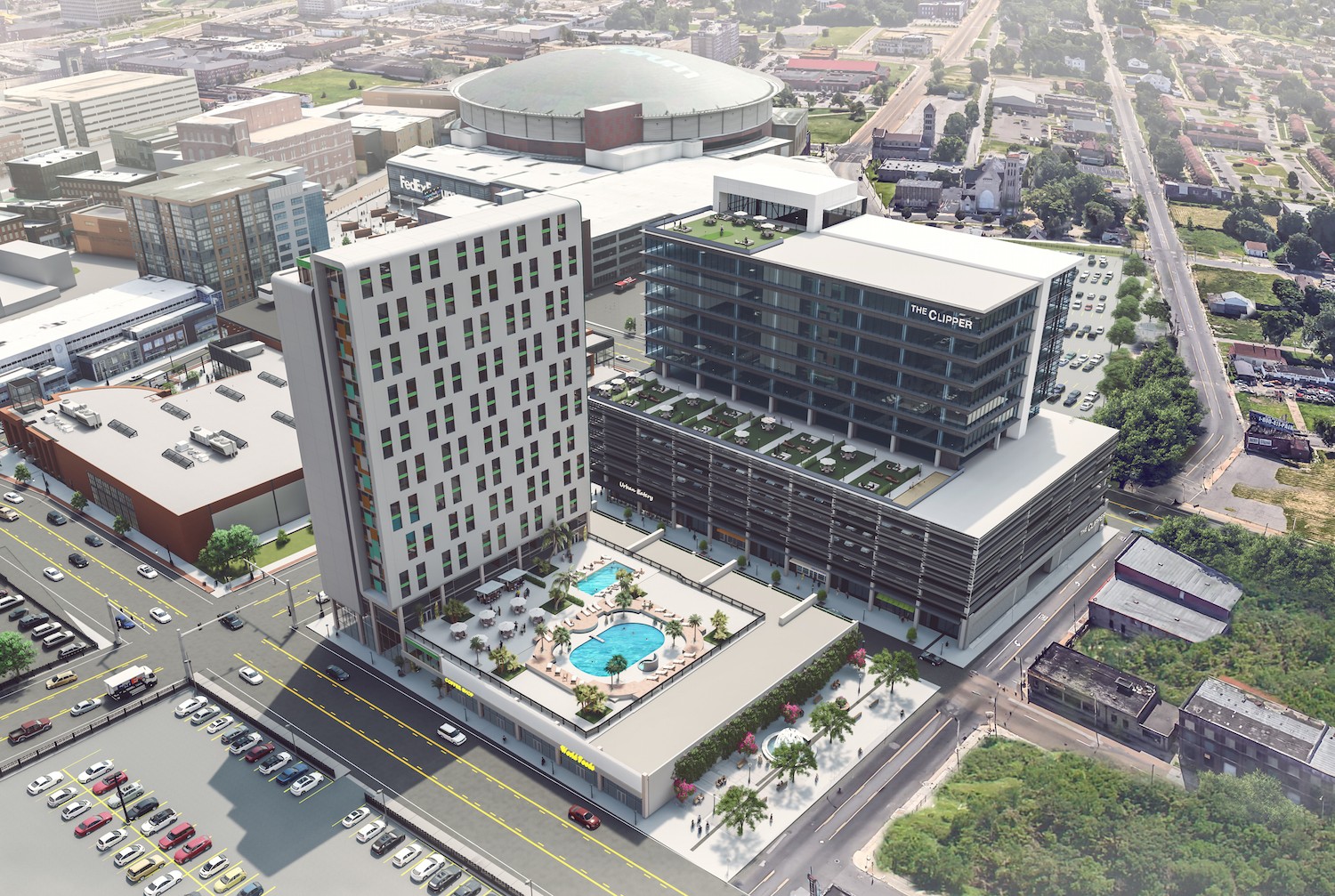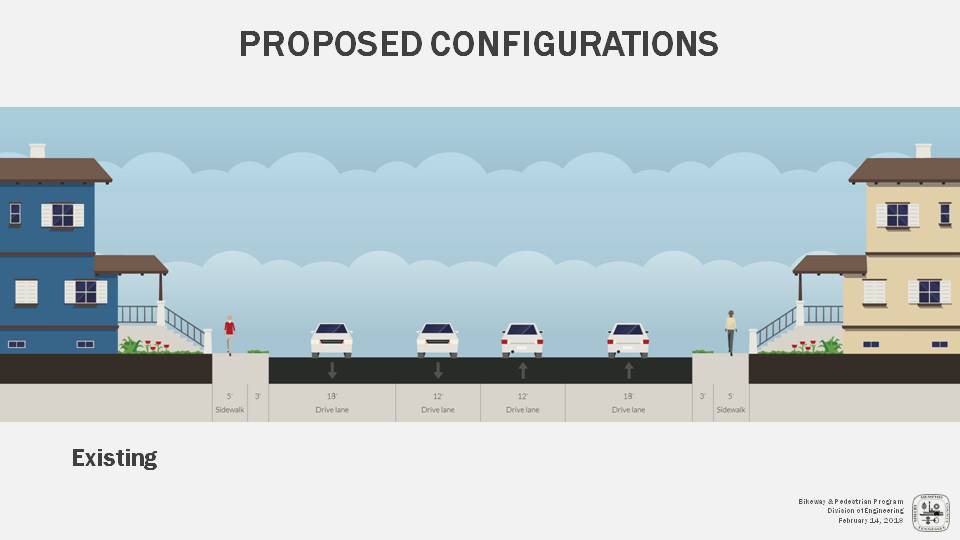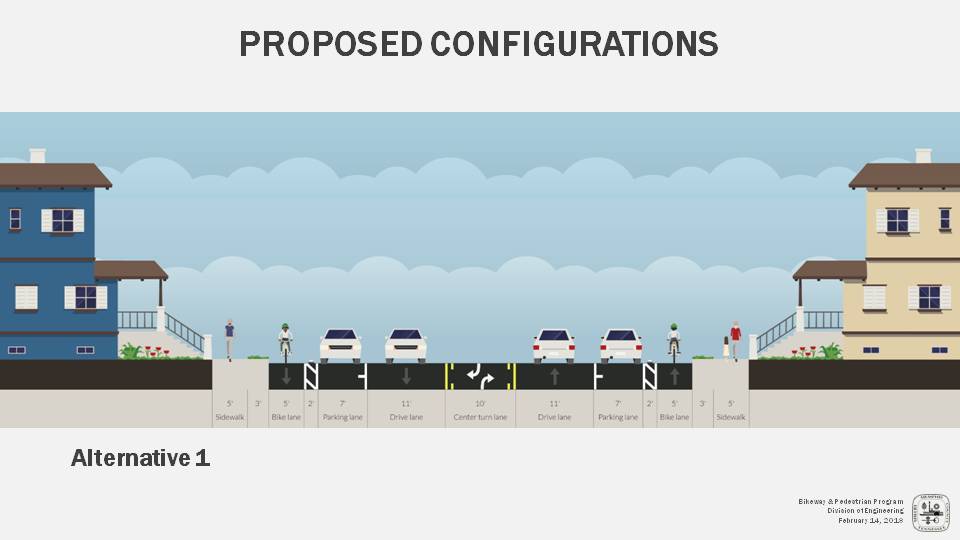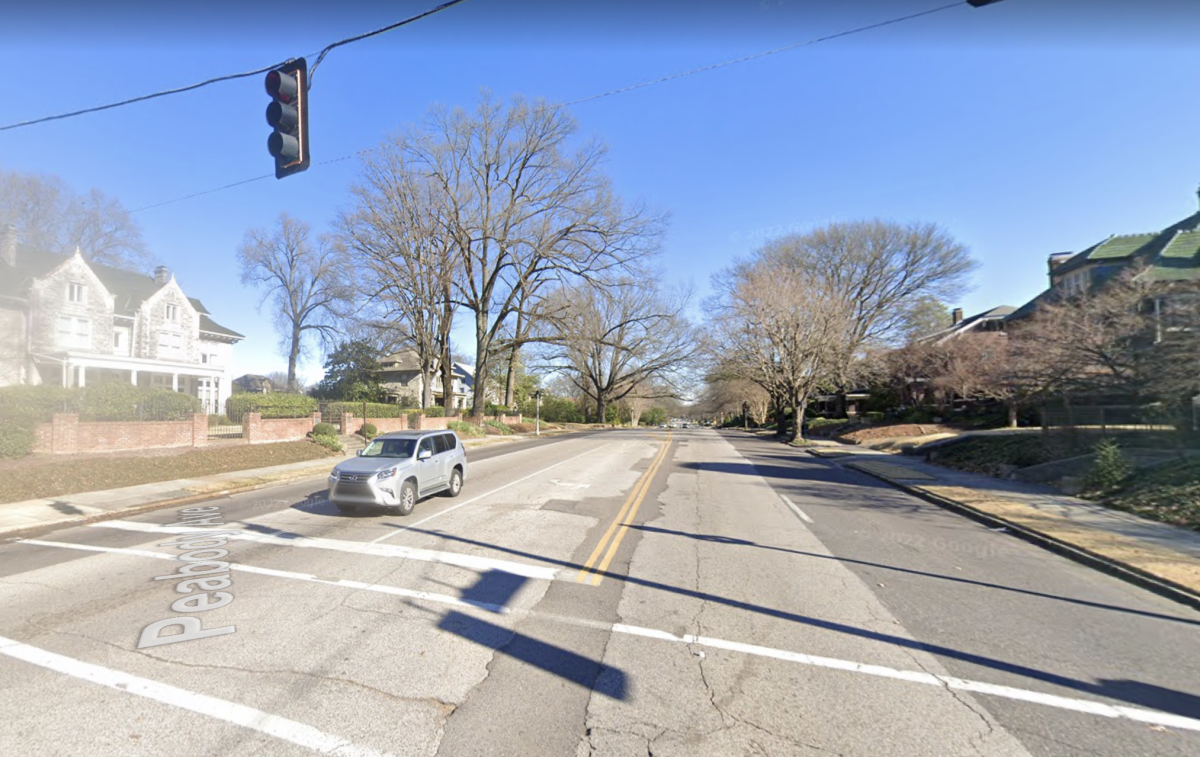Whatever happened to Peabody Avenue getting paved?
We reported on this project — and many just like it — as they were announced by those in charge at Memphis City Hall. But we, and many online, have taken notice that some of those projects seem to, well, just not be going anywhere.
With that in mind, we are launching (yet another) occasional series called “Whatever Happened To … ?” What became of those ideas and projects that were big news once upon a time? For example, whatever happened to The Clipper, that massive hotel/office/retail tower to be built next to FedEx’s new offices Downtown?

For the first installment, we looked at the Peabody Avenue paving project, expected to make Memphis more bike- and pedestrian-friendly. For answers, we spoke with Nicholas Oyler, Bikeway and Pedestrian Program Manager for the city of Memphis.

Plans to pave Peabody Avenue were announced in 2018 and work was to begin in the fall of that year. The plan raised eyebrows and caused some tension back then because the street would be completely reconfigured. Its four very wide lanes were to be slimmed down with some added amenities.
The current plan for Peabody is the same one that was determined through lengthy rounds of public input. The new Peabody will have one travel lane each direction, a center two-way turn lane, dedicated bike lanes, and on-street parking lanes adjacent to the curb.

Memphis Flyer: Whatever happened with this project?
Nicholas Oyler: We were preparing to go into construction in fall 2018 when [Memphis Light, Gas & Water — MLGW] alerted us that they had plans to do a major upgrade of its gas main running under Peabody Avenue. This is something they had not previously communicated with us. We were not aware of it.
It would’ve been a mess with a bunch of asphalt patches.
Nicholas Oyler, Bikeway and Pedestrian Program Manager for the city of Memphis
If we had proceeded with the resurfacing as planned, MLGW would’ve come in soon after us and cut up the street. It would’ve been a mess with a bunch of asphalt patches. … Because of that, it was best to hold off resurfacing until MLGW finished its work.
MF: Did they?
NO: They did not notify us they were fully complete with their work until just last fall, fall of 2021. Most of the major work was done a lot earlier. So, from the perspective of passers by and residents, there were no more major holes in the ground and no more major construction going on before then. So, it appeared that [MLGW’s work] was done. But they were actually still doing some minor work on adjacent streets that had to tie into [the project]. So, MLGW was still working on it. Then, this past fall, they confirmed they were complete.
So, now that we have that confirmation from MLGW, we have rescheduled the resurfacing to occur this paving season coming up.
MF: Any idea of when that will be?
NO: I don’t have an exact date. We will really know a little closer to paving season. Most of the asphalt plants … don’t open back up until the weather seems to have warmed up enough, usually when [temperatures are at] about 40 degrees or so and they’re pretty consistent.
MF: A lot of people have wondered about the communication between MLGW and the city on things like this. What would you tell those people?
NO: It’s something we’re always trying to improve, this coordination between city engineering, public works, and MLGW.
We share our resurfacing lists with MLGW for the upcoming paving season … and they let us know if there are any conflicts we need to be aware of. We catch most of them. But, unfortunately, there are times when something slips between the cracks or, maybe, there’s a more urgent repair. When MLGW realizes those need to be done, sometimes we just don’t have as much notice as we’d like.
But there is room for improvement.

 Bianca Phillips
Bianca Phillips